Achieving balanced bass response in a room requires more than just great speakers—it demands acoustic treatment with a good bass trapping strategy tailored to controlling low frequencies. Whether in home theaters, recording studios, or listening rooms, a strategy to deal with low frequency imbalances is an essential tool for managing sound waves and creating a more accurate room sound. But what is a bass trap, and how do they work? In this guide, we’ll explore the science behind porous absorbers, where to place low frequency treatments, and why they are crucial for improving sound quality and frequency response.
Why do I need room treatments?
A room is much like a speaker cabinet—its dimensions create dominant specific frequencies, called room modes or standing waves. Many of these modal issues are in the bass range, with the longer wavelength sounds. These unwanted resonances can both amplify or cancel out certain bass frequencies, as well as extending the decay times of certain frequencies, making some sounds overly loud and others nearly inaudible. This uneven bass response makes it difficult to mix music accurately, enjoy playback in listening rooms or home theaters, or experience clarity in a home studio or recording studio.
If untreated, these sound waves reflect between walls, floor, and ceiling, creating a buildup of low-frequency sound waves. This results in a muddy or boomy sound, where reverb and reverberation blur musical details. Bass trapping provides a solution by absorbing excess low frequencies and preventing these issues from affecting what you hear at your listening position.
Types of Acoustic Treatment: Porous vs. Resonant
There are two main types of bass traps:
Porous (Broadband)
- Made from fiberglass, mineral wool, or acoustic foam.
- Absorb a wide range of frequencies, including higher frequencies and low frequencies. GIK also offers ways to fine-tune the absorption performance at high frequencies if we want to focus on bass absorption in many of our products.
- Always effective when placed at first reflection points, corners of a room, and back walls.
- Foam is commonly used but often less effective than superior absorptive materials like fiberglass, rockwool, and other materials.
Resonant (Tuned)
- Designed to target specific frequencies using internal chambers or membranes. These devices respond to sound pressure rather than sound velocity.
- Common types include Helmholtz resonators and diaphragmatic absorbers. GIK’s Scopus bass traps work in this way.
- Useful in cases where particular bass frequencies or a stubborn resonant frequency needs more control after a good broadband bass trapping strategy has been deployed.
Both types serve different purposes, but broadband traps are generally more effective for most rooms due to their ability to reduce sound reflections across the spectrum.
How Do Bass Traps Work?
Bass traps reduce standing waves by absorbing sound energy and converting it into a tiny amount of heat through resistivity. The thicker and denser the absorptive material, the more effective it is at absorbing low-end energy. This process prevents the excessive buildup of bass waves, reducing reverberation and creating a more accurate room response.
Where does bass energy build up most?
- Corners of the room:
Low frequencies accumulate in all corners, especially the trihedral corners where walls, floor, and ceiling meet. - Back Walls:
The longest dimension of the room often causes strong bass reflections. - First Reflection Points:
Using thicker panels at locations where sound waves bounce off surfaces before reaching your ears can also help the low end performance, in addition to the clarity improvement.
Installing bass traps in these areas significantly improves the room acoustics in any type of listening room.
Do Bass Traps Help with Soundproofing?
One common misconception is that acoustic treatments provide soundproofing. While they effectively absorb sound waves inside a room, they do not prevent sound from traveling between rooms. True soundproofing requires structural modifications like decoupling walls, adding mass, and sealing air gaps. Bass traps are part of a treatment solution, not a sound isolation method. In some cases, treatments can muffle some of the sound coming through and make some improvements, but stopping sound is a challenge involving many factors.
Placement for Maximum Effectiveness
Most of performance in acoustics is about coverage area (how many sq ft of bass trapping are we adding?), but to achieve optimal room treatment, bass traps should be placed strategically:
Corners
Installing thick devices in the corners of a room (vertically or horizontally) captures low frequencies where they build up the most.
Options like stackable or freestanding bass traps work well here.
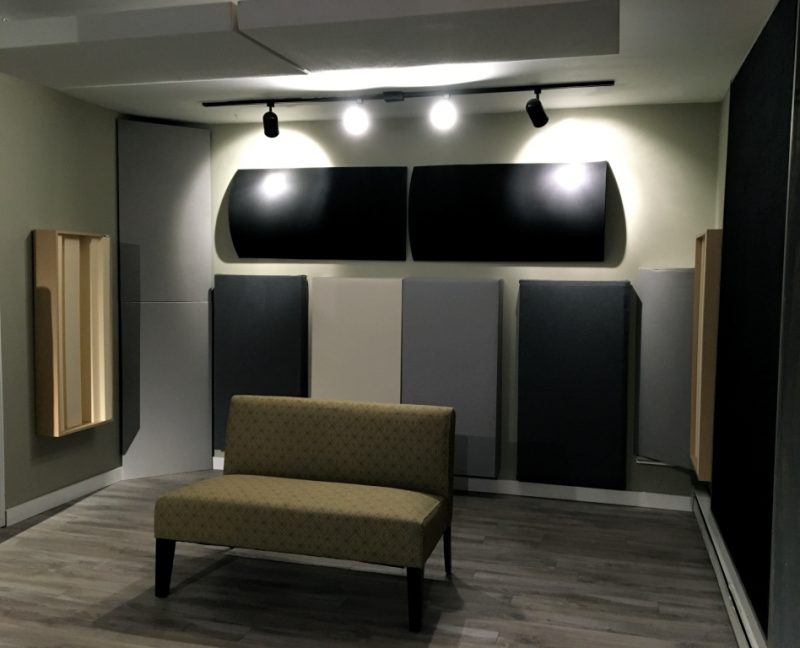
Back Wall Absorption
A thick broadband trap like a Monster Bass Trap or other device at least 6” thick (thicker is better) absorbs reflections from the longest room dimension.
These can also be hybrid diffuser devices, a combination of porous material with slats or a plate on top, to get the best of both worlds, broadband absorption AND diffusion in one device.
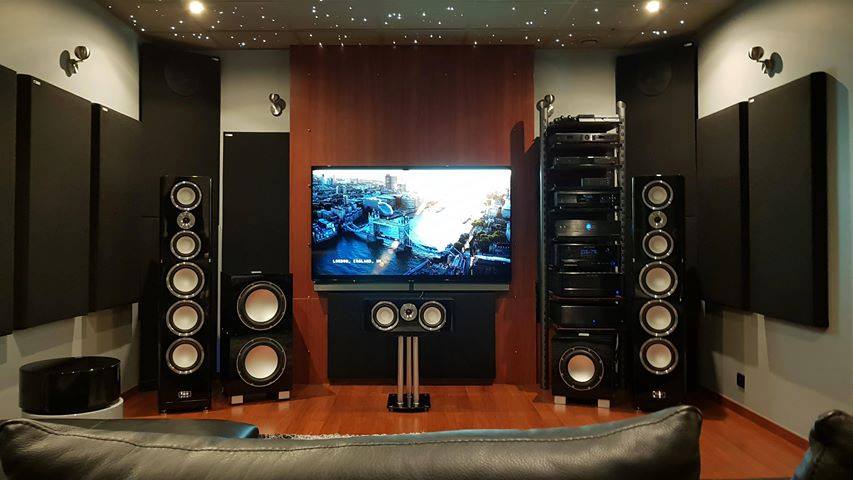
First Reflection Points
Installing acoustic panels behind speakers helps with modal room dimensions-related bass buildup.
Ceiling clouds placed on the ceiling between the listening position and the speakers absorb sound reflections from above. Using thicker devices in this role also improves bass performance.
The Key to Better Sound
A properly treated room provides clear, balanced sound free from excessive reverberation and sound reflections. Whether setting up a home studio, home theater, or recording studio, bass traps are a vital part of achieving accurate room acoustics. By targeting standing waves and controlling low frequencies, they create a space where sound quality is at its best.
Explore GIK Acoustics’ treatment solutions today and take control of your room sound!
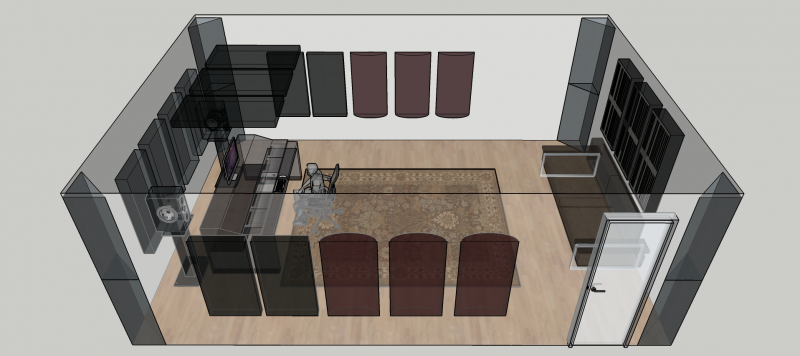
FAQ: Everything You Need to Know About Bass Traps
- How do bass traps improve home theater sound?
Bass traps absorb excessive low-end energy, preventing boomy or muddy bass in home theaters, resulting in clearer dialogue, tighter bass, and balanced sound. - Can I use bass traps in a small room?
Yes! Small rooms benefit greatly from bass trapping, as their shorter dimensions create stronger standing waves in the higher range of bass frequencies that require attention. - Do I need them for a home studio?
Absolutely. Without them, recording studios and home studios suffer from inaccurate bass response, making mixing and mastering much more difficult. - Should I use porous or resonant absorbers?
Porous treatment (like fiberglass and mineral wool) work well as the key bass trapping strategy for room treatment, while resonant absorbers like our Scopus traps are better for targeting specific frequencies once we’ve got good broadband traps deployed. - Can bass traps help with subwoofers?
Yes! Subwoofers produce deep bass frequencies, and bass traps help manage room acoustics, preventing excessive bass buildup. - Are bass traps only for professional studios?
No! Home theaters, audiophile listening rooms, and even auditoriums benefit from proper bass trapping. - Can I build my own DIY bass traps?
Yes! Many DIY enthusiasts use fiberglass, mineral wool, and wood frames to create effective acoustic treatment. It’s important to work from a good design and use the proper materials based on the design. It’s a good option if you want to build a bass trap that’s too large to ship! - How many bass traps do I need?
The number depends on room dimensions, but most spaces benefit from at least four corner traps and additional wall-mounted diffusers and panels. Just remember most of performance in acoustics is about coverage area, so the more square footage of bass traps in the room the better the results will be.
Acoustic Panels
Bass Traps
Combination Absorption / Diffusion
Alpha Series


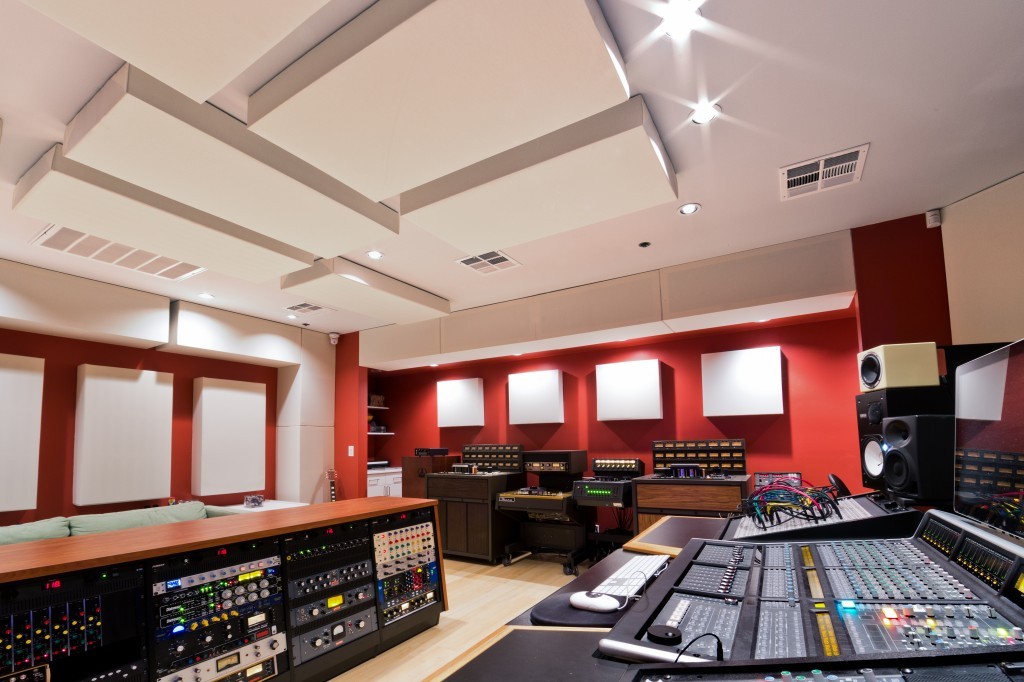


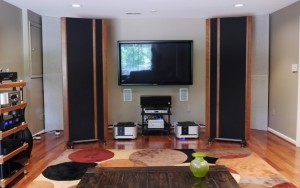
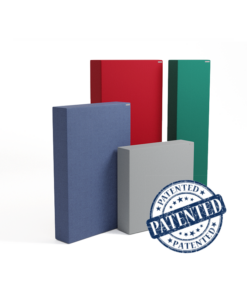
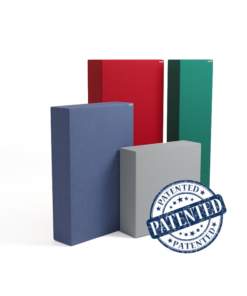
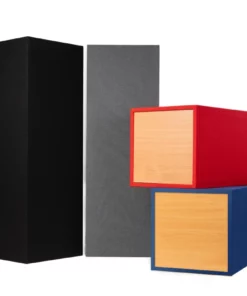
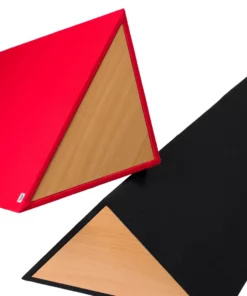
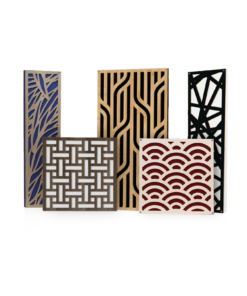
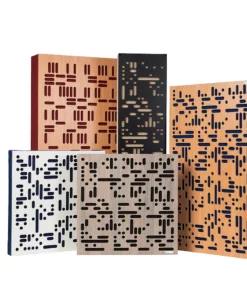
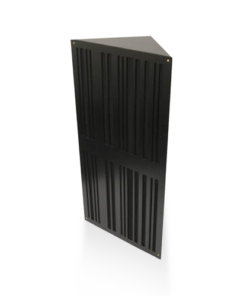

GIK Giveaway Viral Video Contest 2024
Room EQ Wizard TUTORIAL
How to set up and use REW In this video we show you how [...]
DIFFUSION Concepts Explained
How Acoustic Diffusers Work And Which One Is Right For You In this video [...]
Jan
The GIK Acoustic Advice
Get Your Room Sound Right For FREE! In this video we are giving a [...]
Jan
Designer Tips: The Significance of “Clouds” with Mike Major
When people reach out to us at GIK for acoustic advice, we never have any [...]
Jun
Designer Tips: The Importance of Coverage Area with James Lindenschmidt
The most important factor in acoustic treatment performance is coverage area. Or more specifically, the [...]
May
Designer Tips: Home Theaters and Acoustic Balance with John Dykstra
Without fail, one of the first things our clients say to us when we begin [...]
May
Summer Giveaway 2021 Vote
The GIK Acoustics Summer Giveaway Photo Contest 2021 invited customers to submit photos illustrating how [...]
Aug